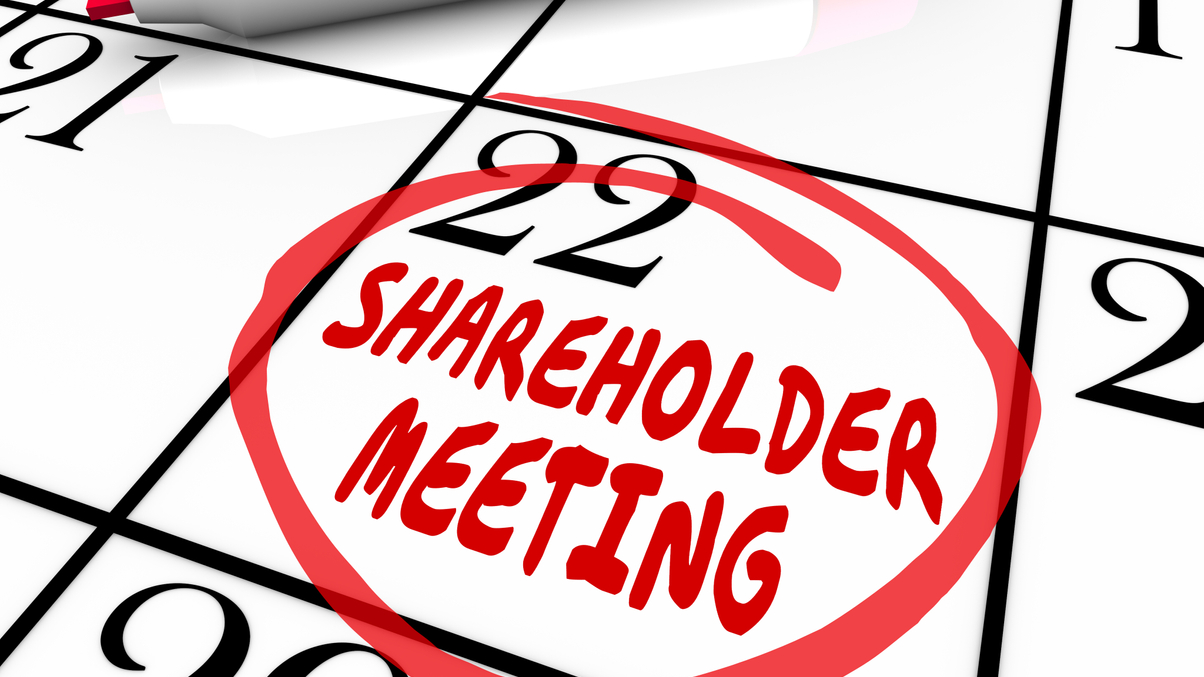How GPIF uses active management to achieve ESG goals
The world’s largest pension fund is increasing its use of active managers and publishing reports on their efforts, its CIO tells AsianInvestor.

Japan’s Government Pension Investment Fund (GPIF) has been proactively publishing analyses and reports on the environmental, social, and governance (ESG) efforts of an increasing number of active equity fund managers who externally manage the pension fund’s portfolio, Eiji Ueda, chief Investment officer and executive managing director at GPIF, told AsianInvestor.
Sign in to read on!
Registered users get 2 free articles in 30 days.
Subscribers have full unlimited access to AsianInvestor
Not signed up? New users get 2 free articles per month, plus a 7-day unlimited free trial.
¬ Haymarket Media Limited. All rights reserved.


